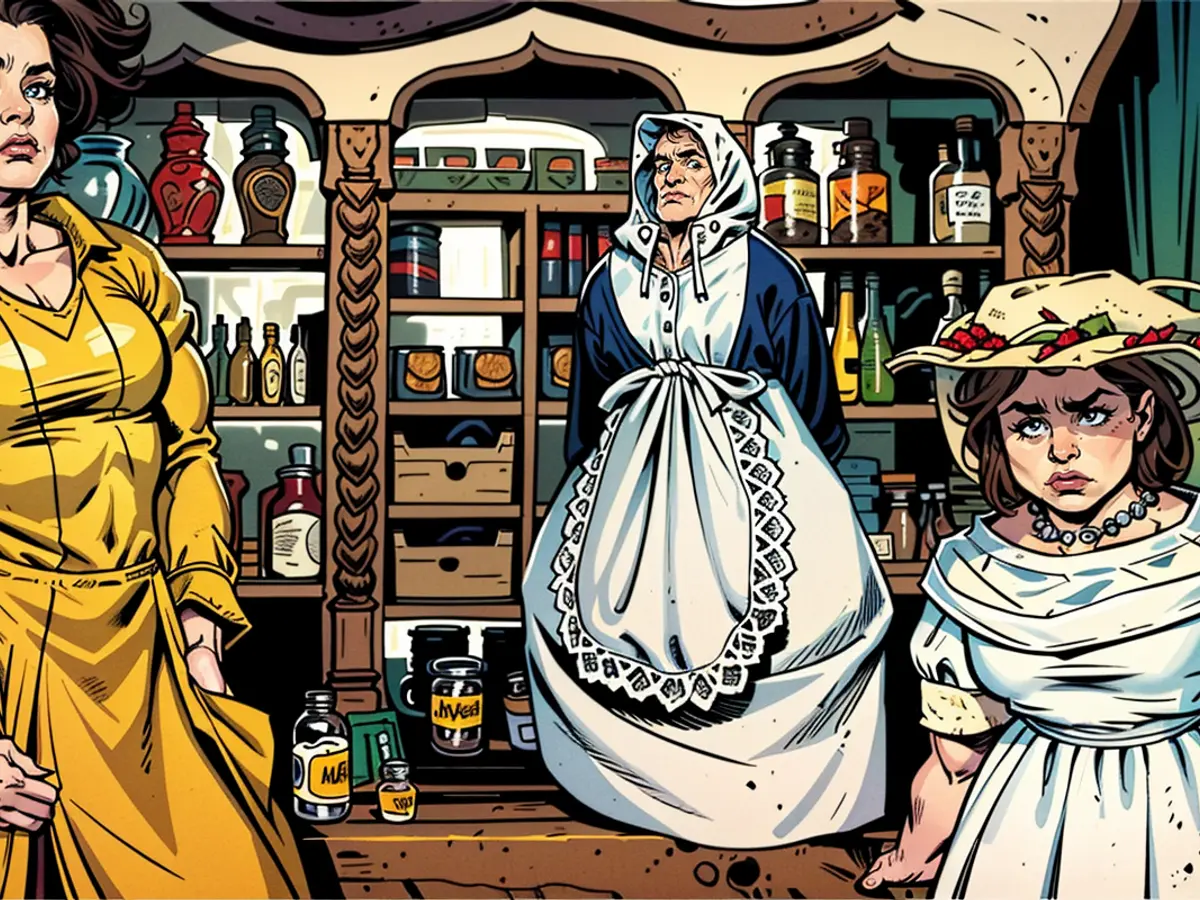Doll Museum in Hamburg - Old doll rooms in Museum Falkenstein fascinate visitors
Cauldron, iron stove or gym equipment in mini-format: The tiny details in historical dollhouses have fascinated Hamburg collector Elke Droescher for decades. The 83-year-old shows miniature worlds from three centuries in her doll museum Falkenstein. "There is a story in every dollhouse," said the former gallery owner.
Thirty-eight years ago, Droescher opened her private doll museum in a 1923-built country house designed by architect Karl Schneider, right in a park by the Elbe river. In her vast collection, one can find a bourgeois dollhouse with a Goethe bust as well as a golf-playing Barbie in high, blue heels.
Whether it's fashion, furniture, or kitchen utensils - the little life worlds reflect the past eras, illustrate the transformation of society, and its beauty ideals. During a search, visitors can discover small exhibits like a historical coffee mill or an ice cream machine in the dollhouses.
The dolls and rooms, according to Droescher, once served as instruction. "Little girls learned what kind of household they should maintain in their generation and social class," she reported.
Droescher's collection also includes miniature toys from various historical periods, providing a glimpse into the leisure activities of past eras. One such example is a dollhouse with a miniature billiards table, highlighting the popularity of the game during the 19th century.
Falkenstein Museum, with its extensive collection, has caught the attention of toy historians worldwide. A recent exhibition delved into the evolution of toys, showcasing how simple wood blocks transformed into intricate mechanical toys during the Industrial Revolution.
Recently, Hamburg's Museum of Urban and World History featured a section dedicated to Falkenstein's dolls and their historical significance. The exhibition explored how dollhouses have mirrored societal changes, from Victorian-era ideals of domesticity to the modern concept of leisure and consumerism.








